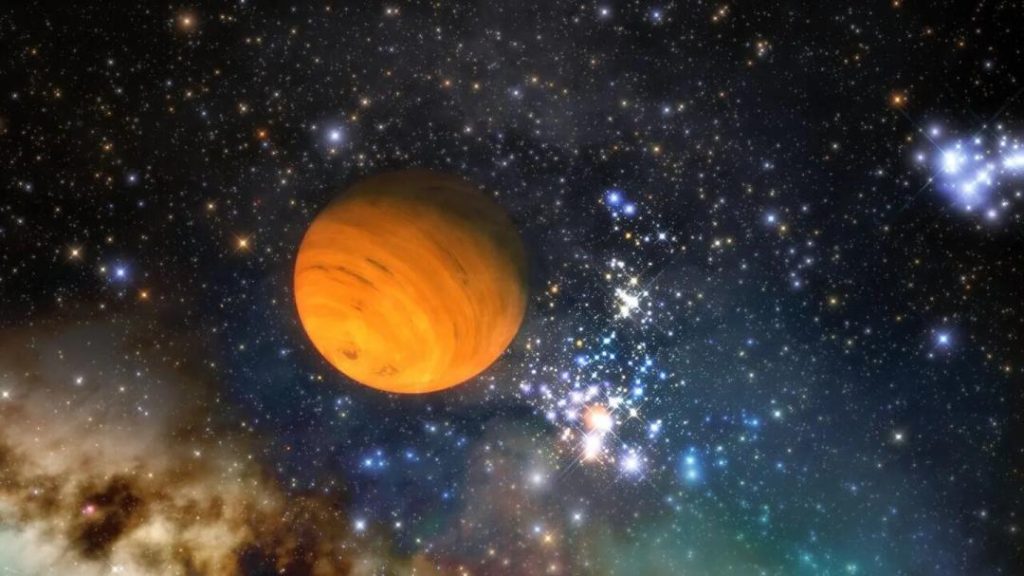
Planetary Systems Can be Formed Without a Star: Study
The discovery of exoplanets has revolutionized our understanding of the universe, revealing that planets are common beyond our solar system. While most planets are found orbiting their host stars, a recent study has suggested that giant free-floating planets can form their own planetary systems without a star. This groundbreaking research has implications for our understanding of planet formation and the possibility of life beyond our solar system.
According to the study, giant free-floating planets, which are five to ten times the mass of Jupiter, can host dusty disks where planets may form. These dusty disks are similar to the ones found in protoplanetary disks, which are the precursors to the formation of planets. The discovery was made possible by data collected by the James Webb Space Telescope (JWST), which has provided unprecedented insights into the formation of planetary systems.
The study’s lead author, Dr. Aleks Scholz, noted that these free-floating planetary systems could mirror our own solar system, but on a much smaller scale. “Imagine a miniature version of our solar system, but with planets that are much closer to each other and much less massive,” Dr. Scholz explained. “That’s what we’re talking about here.”
The possibility of planetary systems forming without a star is a game-changer for astrobiologists and planetary scientists. For decades, scientists have been searching for signs of life beyond our solar system, and the discovery of free-floating planetary systems could provide new avenues for exploration. If these systems do exist, they could potentially harbor life, either in the form of microorganisms or more complex organisms.
So, how do these free-floating planets form? The process is still not fully understood, but scientists believe that it may involve the collapse of giant molecular clouds or the merger of smaller planetary systems. The resulting planets would be massive, with masses similar to those of gas giants like Jupiter or Saturn.
The discovery of free-floating planetary systems also raises questions about the role of stars in planet formation. Traditionally, scientists believed that stars were necessary for the formation of planets, as they provided the necessary energy and heat for planets to cool and condense. However, the discovery of these free-floating planets suggests that stars may not be as essential as previously thought.
While the study’s findings are exciting, it’s still unclear whether these free-floating planetary systems actually exist. The JWST data provides strong evidence for the possibility, but more research is needed to confirm the discovery. Scientists will need to continue studying these systems to learn more about their properties and characteristics.
The implications of this study are far-reaching and have the potential to revolutionize our understanding of the universe. If free-floating planetary systems do exist, they could provide new opportunities for astrobiologists to search for signs of life beyond our solar system. Additionally, the discovery could challenge our current understanding of planet formation and the role of stars in the process.
In conclusion, the discovery of giant free-floating planets that can form their own planetary systems without a star is a groundbreaking finding that has the potential to revolutionize our understanding of the universe. While more research is needed to confirm the existence of these systems, the implications are exciting and could provide new avenues for exploration and discovery.






